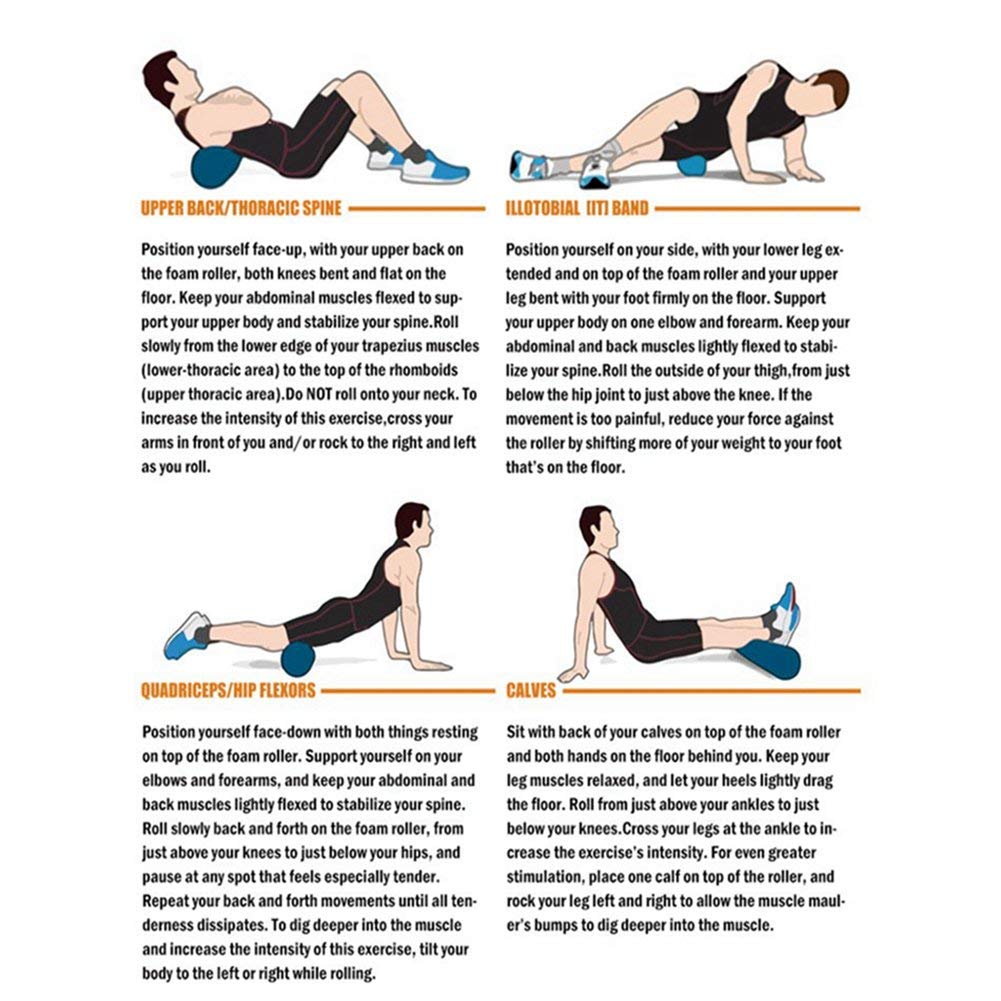What is foam rolling?
Foam rollers can seem like a daunting piece of equipment especially with many people describing it as “torture”. In actual fact, they can form a very beneficial part of your gym routine. Foam rolling is a form of “self-myofascial release” – basically a fancy term to describe self-massage techniques. When used in conjunction with other recovery techniques and an appropriate exercise program, it can help correct muscle imbalances, reduce trigger points (knots within muscles) and inhibit overactive muscles. The gentle pressure applied by a foam roller breaks up the knots within a muscle and helps to release unwanted muscle tension.
So how do I do it?
Foam rolling should not be a “torturous” experience, rather you should feel moderate discomfort as you would in certain stretching positions. Remember, the more you do it the easier it gets!
To begin with, choose a muscle or muscle group and apply a moderate pressure using the roller and your body weight. Remember to roll slowly! When you find a spot that is particularly tender, focus on this spot for 20-30 seconds and you should feel it release/become less painful. If the area is too painful to focus, start by applying the pressure on surrounding areas and gradually work up to it. You can use it as part of your warm-up (remember to include other specific warm-ups for your session as well) or part of your recovery cooldown, or both!
Here are a few foam rolling moves that you can start off with:

Image source: Amazon
You can use the foam roller on any muscle group both upper and lower body. Avoid foam rolling over joints and the bony spinal part of your lower back as this can put unnecessary pressure on these areas - your bones and joints are not designed to respond to this kind of “releasing” like your muscles are. It is best to roll the muscles around these areas (for example for your lower back, you can use a spikey ball or even something like a tennis ball to release the muscles on either side of your spine).
If you’d like some information on specific techniques, come chat with our friendly Exercise Specialists!
Written by: Veronica Van Der Kooi - Exercise Specialist (FDLC)




